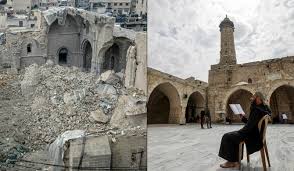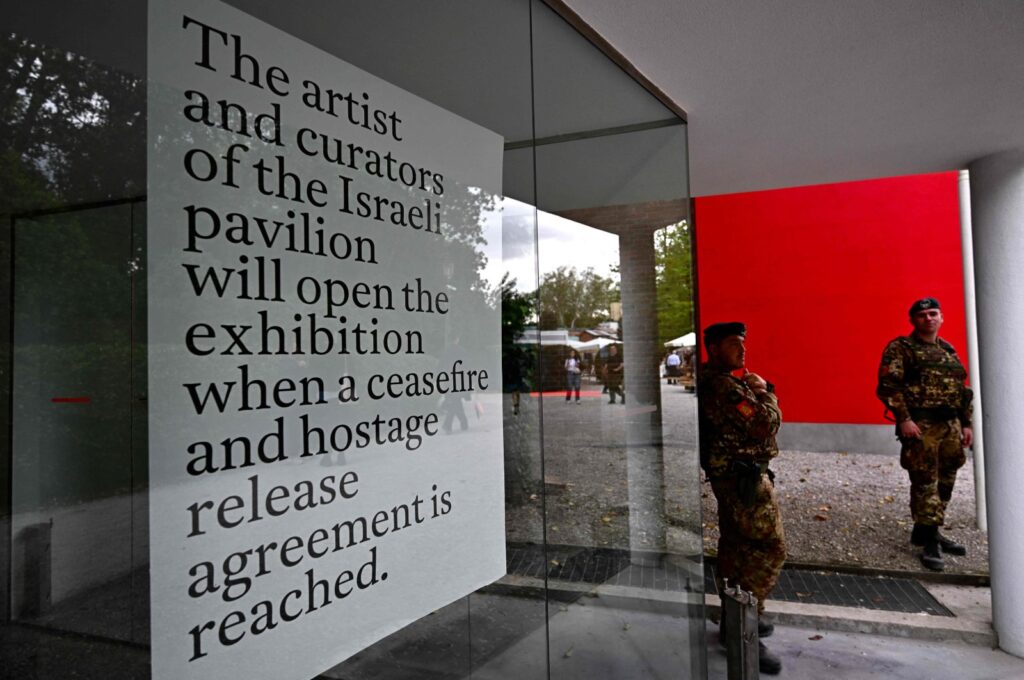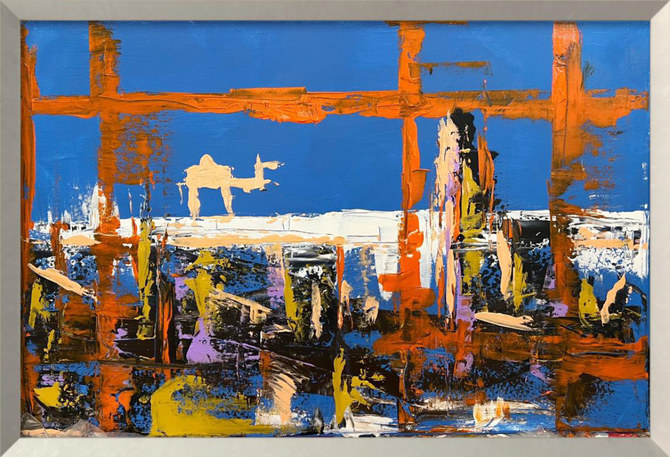
OSLO (DPA): Oslo is en route to become a major world destination for galleries and museums with its waterfront architectural sights. Here’s is a quick look at what visitors can expect from Norway’s capital.
Farewells, death and despair: Edvard Munch focused on difficult issues, bringing to light feelings people often prefer to avoid.
Munch himself was no better at handling his rawest emotions but many have found comfort in his world famous works, such as “Fear,” “Melancholy” and “Jealousy.”
You can see these and many more at Oslo’s new National Museum, with a room dedicated to Munch. It has 18 of his works but most are first likely to recognize “The Scream,” his most famous. One version of it sold for $119.9 million in 2012, a record for an auction.
There is much more to see at the National Museum, the largest art museum in Northern Europe.
It only opened earlier this summer, shortly after another newcomer on the scene, the new Munch Museum welcomed its first guests in October 2021.
It’s a bold building located directly opposite the white opera house that appears to be floating like an iceberg in the Oslo Fjord. The opera house marked the beginning of the gentrification of the Bjorvika harbor district in 2008, and a great deal more has happened since then.


You can now amble along the whole of the waterfront promenade, if not the entire city, which is perfect for pedestrians. From the central Karl-Johans boulevard and main railway station, you can walk down to the water and past Akershus Fortress, or up to Ekeberg Park, or along the Akerselva River, up from the fjord to the Grünerlokka clubbing area.
The National Museum, a $600 million fortress, houses the country’s most important artwork and you need more than a day to explore the 6,500 works exhibited in 86 rooms.
The collection on the first floor is divided into two parts: Design before and after 1900. Everything is here, from antique busts to Chinese porcelain to Norwegian glass art plus all the splendour of Scandinavian design.
On the second floor, you see paintings from practically all periods of art. There is also Sami art, for example by Hannah Ryggen and John Savio, as well as contemporary works.
Then on the top floor, the 7-meter (23-foot) Light Hall extending some 130 meters, shows changing exhibitions of Norwegian artists.
After all that visual stimulation, step outside and take a seat in one of the outdoor cafes in Aker Brygge, right on the waterfront.
Or, if you’re hungry for more, take a stroll to the Astrup Fearnley Museum of Modern Art, a building by Renzo Piano. It’s a place to see international contemporary art that regularly offers new exhibitions. Here you can see work by art stars like Damien Hirst as well as others less known to the general public.


But out on the streets you can also find art in the city. Walk past Oslo Castle in a westerly direction, you will eventually reach Vigeland Park with its stone and bronze sculptures by the Norwegian sculptor Gustav Vigeland (1869-1943). The highlight is a 17-meter monolith of entwined bodies.
Meanwhile in the water in front of the Opera House rises the installation “She Lies” by Monica Bonvicini, an interpretation of Caspar David Friedrich’s painting “The Arctic Ocean.”
And in front of the Munch Museum, a huge bronze statue by British artist Tracey Emin rises into the sky.
Don’t miss the new Munch Museum, either, even though locals in Oslo are less than impressed with the structure. “I like Munch, but I don’t like the museum at all,” says one architect. To some, the building recalls guard barriers piled up on top of each other.
Here again though, it is what’s inside that counts – namely fascinating work.
Munch, who was industrious, left Oslo more than 26,000 paintings and drawings, alongside 900 works donated by one of his close friends. The museum dedicates seven of its 13 floors to art, with the main exhibition divided into 12 thematic areas.
One room shows three versions of the world-famous “The Scream,” which as a matter of fact was the model for the scream emoji. You see it as a painting, a drawing and a print. Only one version is shown at a time to protect the works from being exposed to too much light.
Another large room shows three huge monumental paintings that Munch painted for the ceremonial hall of Oslo University.
Pop art master Andy Warhol also took up some of Munch’s works and recycled his motifs in his own way.


Like any good museum, Oslo’s brings the artist to life and by the end, you have a better understanding of his work.
“Without fear and illness, my life would be like a boat without an oar,” he once said. His repeated disappointments in love fed into his paintings. Munch knew that where there is passion, there is pain. Where there is desire, there is also loss.
Art always works against the background of social imperatives too: Consider the fact that these days, many expect to walk through life being happy, self-determined and authentic day in, day out.
Munch reminds us that this is unrealistic. That may seem disappointing to many, although we can also see it as liberating.
The post Oslo’s outstanding museums offer insight into Munch and more appeared first on The Frontier Post.








